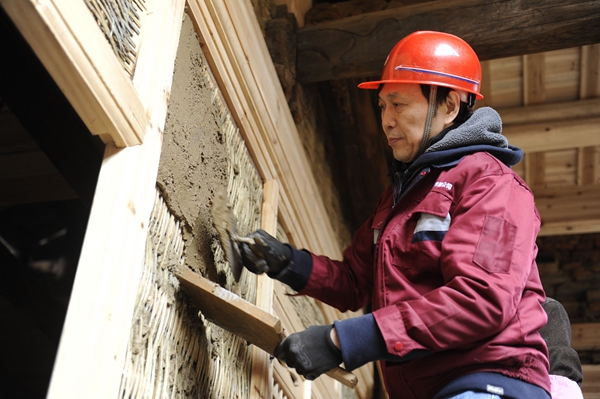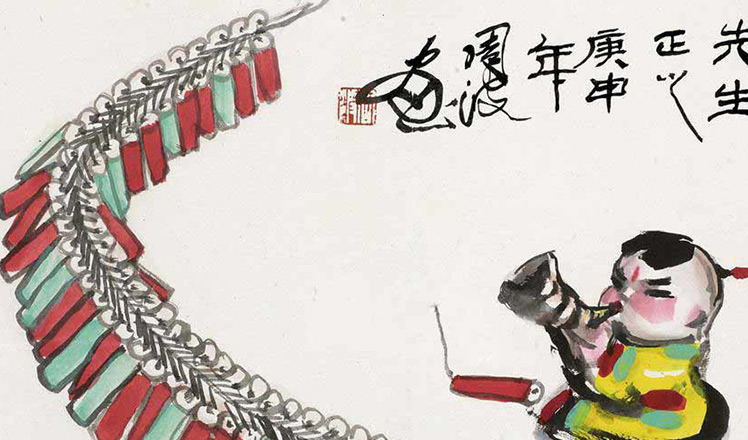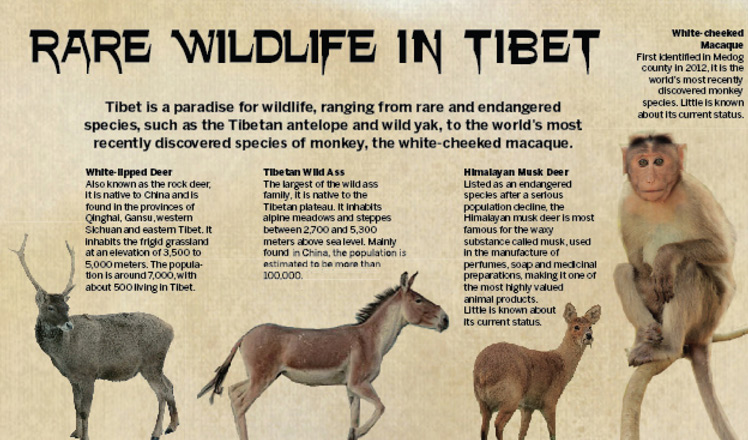Professor joins hands in ancient architecture maintenance
Updated: 2016-01-09 21:01
By Huang Zhiling(chinadaily.com.cn)
|
||||||||
 |
|
Wang Qijun works at a Ming Dynasty (1368-1644) building maintenance site in Taining, Fujian province. [Photo by Huang Zhiling/chinadaily.com.cn] |
Workers repairing an ancient building in Taining county in Fujian province had a pleasant surprise on Friday when they found an amiable co-worker is a renowned artist.
"Professor Wang Qijun worked as hard as any other worker in the Ming Dynasty (1368-1644) building that we thought the 62-year-old was an ordinary old worker," said Min Gong, a middle-aged worker.
Hailed as one of the 60 most influential Chinese painters after the founding of the People's Republic of China in 1949, Wang, a professor of the Beijing-based China Central Academy of Fine Arts, is famous for researching Chinese architecture, mingling with ordinary people and doing paintings in a true-to-life style.
During his visit to Taining in early January, Professor Wang held his painting exhibition, donated 200,000 yuan ($30,335) for maintaining ancient buildings in the county and worked at an ancient building maintenance site.
Min did not know Wang is an artist until he asked the hardworking professor to have a simple meal with other co-workers at the construction site and was impressed with his deep understanding of ancient building maintenance when they talked during the mealtime.
Taining, which literally means prosperity and peace, remains unknown to many Chinese. It got its name from Emperor Zhezong of the Northern Song Dynasty (960-1127) in 1086.
The county is best known for the Danxia landforms. Danxia, which literally means red rock, refers to red-colored sandstones and formations of the Cretaceous age from 145 to 66 million years ago.
Together with Chishui in Guizhou province, Langshan Mountain in Hunan province, Danxia Mountain in Guangdong province, Longhu Mountain in Jiangxi province and Jianglang Mountain in Zhejiang province, Taining became one of China's six Danxia landforms included on the UNESCO's World Natural Heritage list in 2010.
Taining also boasts many ancient buildings. Shangshudi, or Residence of the Minister, is the best-known building dating back to the Ming Dynasty. The residence of Li Chunye (1571-1637), minister of national defense in the dynasty, is Fujian's largest and best preserved Ming residence.
"Built from 1623 to 1627, it covers more than 4,000 square meters and has 120 rooms made of bricks, stones and wood. Buildings are mainly one-story. Reign titles of two Ming emperors can be seen on wells, which are still used," said executive county magistrate Jiang Qiurong.
- A glimpse of Spring Rush: little migrant birds on the way home
- Policy puts focus on genuine artistic students
- Police unravel market where babies are bought, sold as commodities
- More older pregnant women expected
- Netizen backlash 'ugly' Spring Festival Gala mascot
- China builds Mongolian language corpus
- 2 Chinese nationals killed, 1 injured in suspected bomb attack in Laos
- New York, Washington clean up after fatal blizzard
- 'Plane wreckage' found in Thailand fuels talk of missing Malaysian jet
- Washington shuts down govt, NY rebounds after blizzard
- 7 policemen, 3 civilians killed in Egypt's Giza blast
- Former US Marine held in Iran arrives home after swap

 Drone makers see soaring growth but dark clouds circle industry
Drone makers see soaring growth but dark clouds circle industry China's Zhang reaches Australian Open quarterfinals
China's Zhang reaches Australian Open quarterfinals
 Spring Festival in the eyes of Chinese painters
Spring Festival in the eyes of Chinese painters
 Cold snap brings joy and beauty to south China
Cold snap brings joy and beauty to south China
 The making of China Daily's Tibetan-style English font
The making of China Daily's Tibetan-style English font
 First trains of Spring Festival travel depart around China
First trains of Spring Festival travel depart around China
 Dough figurines of Monkey King welcome the New Year
Dough figurines of Monkey King welcome the New Year
 Ning Zetao, Liu Hong named China's athletes of the year
Ning Zetao, Liu Hong named China's athletes of the year
Most Viewed
Editor's Picks

|

|

|

|

|

|
Today's Top News
National Art Museum showing 400 puppets in new exhibition
Finest Chinese porcelains expected to fetch over $28 million
Monkey portraits by Chinese ink painting masters
Beijing's movie fans in for new experience
Obama to deliver final State of the Union speech
Shooting rampage at US social services agency leaves 14 dead
Chinese bargain hunters are changing the retail game
Chinese president arrives in Turkey for G20 summit
US Weekly

|

|








